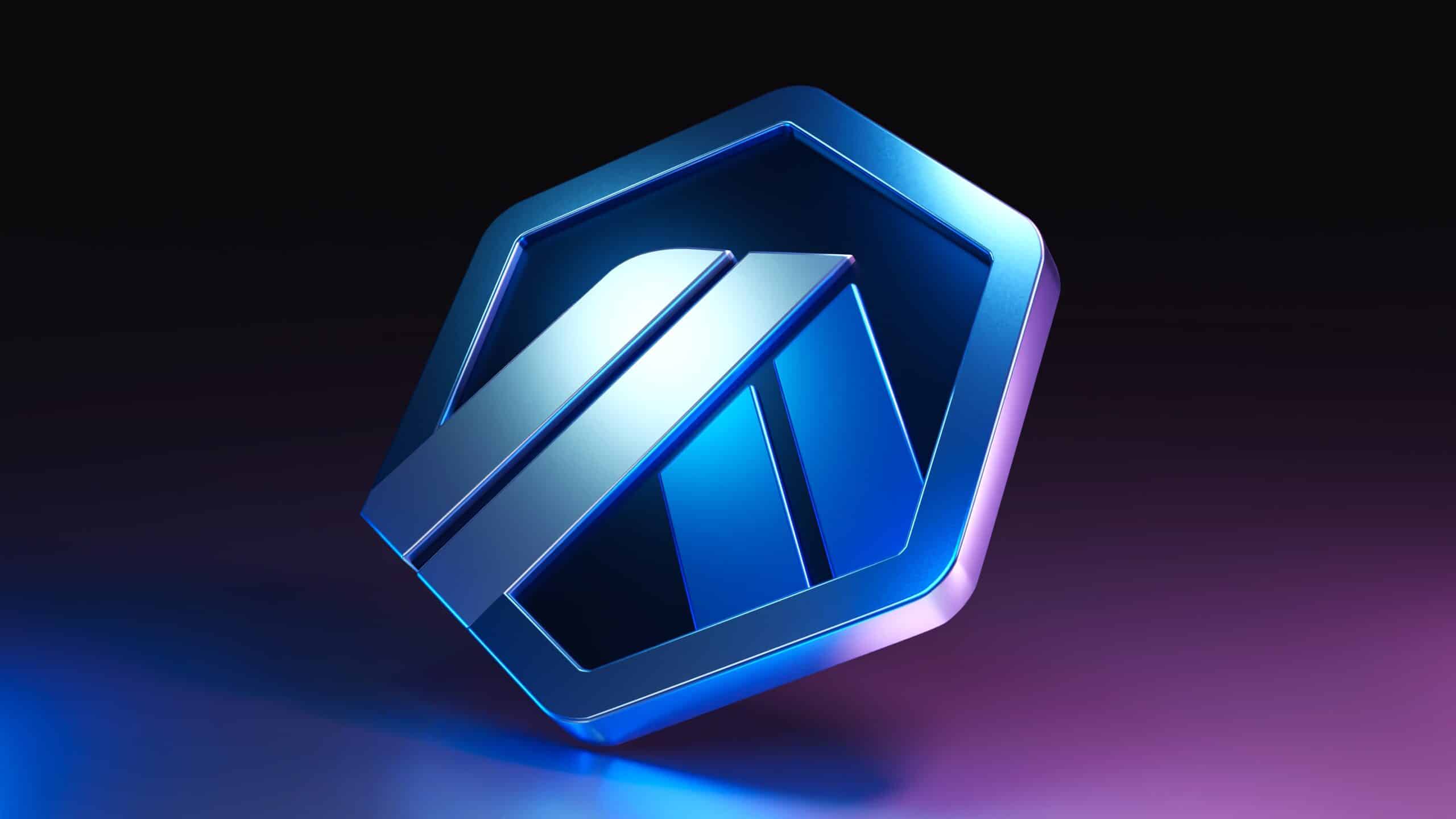While OP Mainnet reached an intermediate stage in its road to decentralization on Monday, implementing its fault-proof mechanism, its main competitor Arbitrum took a preliminary step to potentially reach parity, preparing to fully take off its training wheels as an Ethereum scaling solution.
Those in ArbitrumDAO are currently contemplating a temperature check on whether to advance an improvement proposal to make the Arbitrum technology stack closer to a stage 2 Ethereum rollup. If approved, the layer 2 blockchain network would be further along on the path to becoming one of the first rollups among the 104 active and upcoming rollups to reach stage 2, the final stage in the decentralization process, according to Ethereum co-founder Vitalik Buterin.
The governance proposal would upgrade Arbitrum’s smart contracts to use BOLD, a new dispute resolution protocol that aims to improve the security of Arbitrum chains and make it possible for anyone to be an Arbitrum validator, since current validators, who verify withdrawals from Arbitrum to Ethereum’s base layer, are restricted to a permissioned list.
With BOLD, “validation is open for everyone, which means someone’s sitting in their basement, it’s like, ‘Hey, I disagree with what this validator said. I don’t need to trust you. I can just validate and do this myself,’” said Steven Goldfeder, cofounder of Offchain Labs, the developer of Arbitrum.
The ongoing temperature check, which started on Thursday and ends in one day, comes as rival L2 Optimism joined Arbitrum as a Stage 1 rollup on Monday when developers launched fault proofs, which allows people to withdraw from Optimism’s L2 without any involvement from trusted third parties. However, even though Arbitrum had a fault-proof system implemented on its mainnet chains before OP Mainnet, Arbitrum’s fault proofs are not permissionless unlike OP Mainnet’s.
The Different Stages of Rollups
Most rollups have what Buterin calls “full training wheels,” because they are typically controlled by a multisig composed by a security council. For these rollups, “it’s okay if the onchain mechanism for posting new state roots is simply a multisig with no active fraud proof [also known as fault proofs] or validity proof whatsoever,” Buterin added.
Read More: Should Ethereum Layer 2s Urgently Decentralize Their Sequencers?
Stage 1 rollups, on the other hand, can verify whether batches of transactions are valid before they’re finalized on Ethereum’s base layer through various mechanisms such as fault proofs like the ones that went live on Optimism on Monday. “There must be a running fraud proof or validity proof scheme, which has the practical authority to accept or reject which state roots get accepted by the rollup contract,” Buterin wrote in Nov. 2022.
State roots are cryptographic hashes that represent a blockchain network’s current state at a particular point in time.
However, stage 1 rollups still have a security council that can override the network’s proof scheme using a multi-sig wallet if needed, maintaining a level of centralization. Arbitrum has been a stage 1 rollup for over a year, and according to a March 2023 blog post from the Arbitrum Foundation, fraud proofs have been live on Arbitrum since its first testnet launch.
For stage 2 networks, “there must not be any group of actors that can, even unanimously, post a state root other than the output of the code,” Buterin wrote. In other words, smart contracts manage the rollup’s output, with human intervention only in the case the code has bugs which can lead to disputes between the different proof systems. Or, in more technical terms, this means that the rollup has more than a single proof system and that its smart contracts cryptographically enforce a user’s ability to exit the system independent of what anyone on the network says, does, or wants, including the security council.
“Implementing BOLD [if governance permits] to secure Arbitrum One and Nova effectively enables permissionless validation, marking a key milestone for Arbitrum chains to be recognized as Stage 2 rollups, as part of Arbitrum’s journey to full decentralization,” the proposal stated.
What Is BOLD?
An acronym for “Bounded Liquidity Delay,” BOLD is expected to decentralize the Arbitrum technology stack and make the network more secure by “ensuring that any single honest party can always successfully defend against malicious claims to an Arbitrum chain’s state,” per the proposal.
BOLD aims to improve Arbitrum in two ways, namely making validation permissionless and reducing the risk of delay attacks, which can prevent a user from withdrawing their assets off the L2 and Ethereum’s base layer.
At presstime, only a handful of validators are able to contribute to the security of Arbitrum, but ”should this [Arbitrum Improvement Proposal] be adopted, permissionless validation using BOLD will allow any entity, individual, or team in the community to participate constructively in securing Arbitrum,” per the governance proposal.
So far, 99.9% of all votes cast are in favor of bringing the BOLD upgrade to Arbitrum chains. If passed, the ArbitrumDAO will kickstart a public audit program before conducting a formal onchain governance vote.
ARB, the governance token for Arbitrum, has a market cap of $2.7 billion, data from CoinGecko shows. The cryptocurrency has slid 7.2% in the past year and 15.1% over the past seven days to change hands at around 93 cents.
Correction (June 12, 2024 2:14 P.M. EST): While Arbitrum had fault proofs before OP Mainnet, OP Mainnet made its fault-proof system permissionless before Arbitrum. Unchained incorrectly stated that Arbitrum was one step ahead of OP Mainnet with its recent upgrade in their decentralization journeys. Unchained regrets the error.



